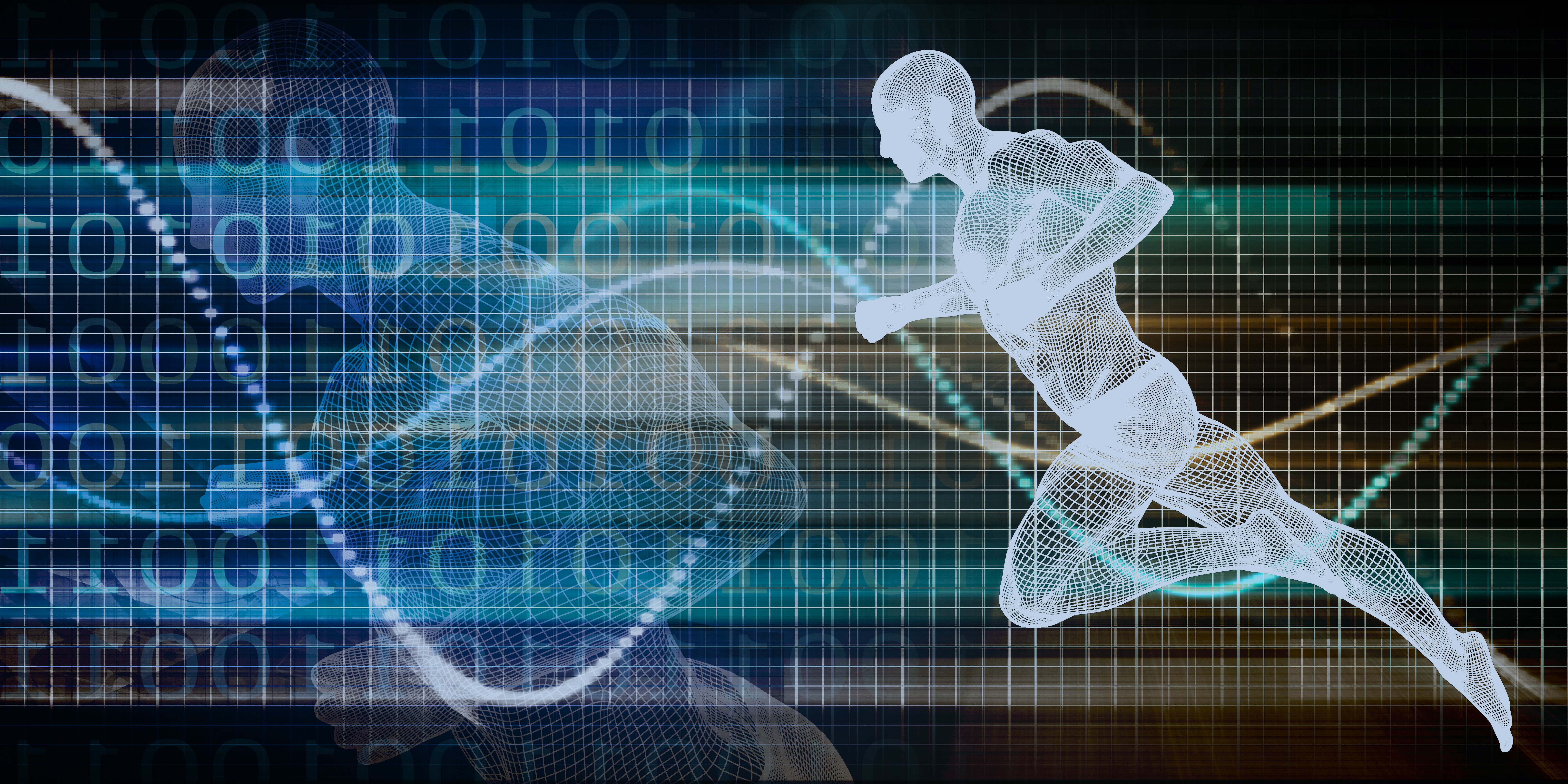
Wearable electronics refer to clothing or textiles with some sort of integrated technology that provides smart functionalities. These smart textiles augment intellect, creativity, communication, memory, and physical senses. This definition does not apply solely to garments but to everything that you can wear on the body. Combined with electronic technology, caps, watches, shirts, and shoes, for instance, can all contribute to the spectrum of wearable electronics.
Wearable technology relies on sensors to measure how the movement of the body can supply people with data. With evolving sensors technology, wearables now have a deeper measuring ability. Consequently, consumers know more about themselves and can make subsequent lifestyle changes.
Wearable sensors are beneficial for continuous health monitoring, movement analysis, rehabilitation, and evaluation of human performance. They are relevant for monitoring specific events of movement in daily living, clinical, athletic, or occupational populations. The clear advantage of wearable sensors is that they allow for monitoring performance continuously and in the natural settings. This advantage can help to assess, diagnose, treat, and prevent injuries, as well as optimize performance.
Stretch Sensors from ElastiSense Sensor Technology are versatile, highly repeatable, elastic sensors, sensitive to the amount of stretch exposed. Unlike other stretch sensors, our devices behave predictably over a wide temperature range and do not suffer from significant drift under long periods of use. The capacitive nature of these products ensures high accuracy and repeatability even in environmentally challenging applications. For wearables specifically, the sensors enable unobtrusive measurement of joint bending, strain of skin, and radial inflation/deflation of different body parts, e.g. legs, arms, chest, and neck.
